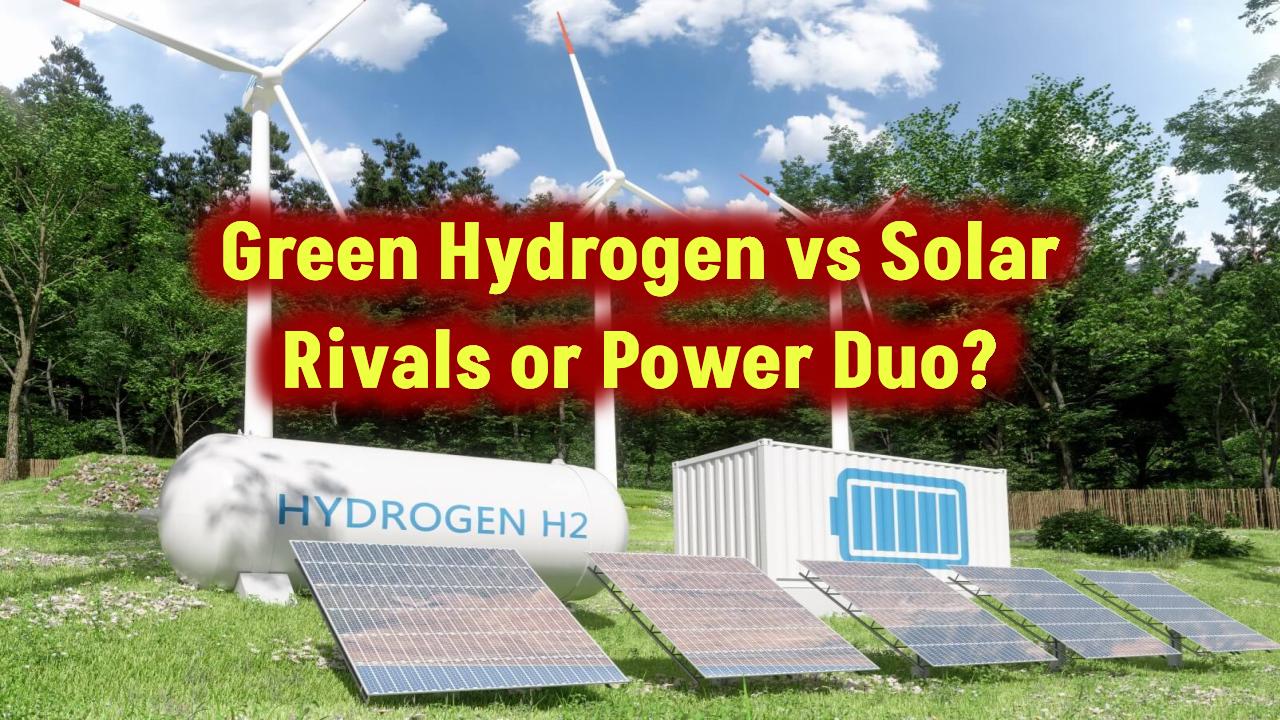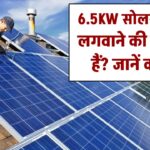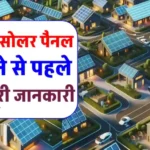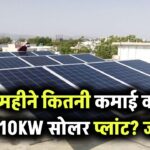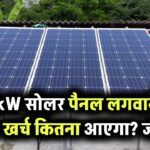
As Europe’s renewable energy transition gains momentum, one pressing concern is coming into sharp focus — grid stability. While the continent has made incredible progress in integrating wind, solar, and hydro into its power mix, ensuring that the electricity grid remains stable and reliable is proving to be a serious challenge.
In recent years, the push toward decarbonization and clean energy has been both necessary and urgent. However, without strategic upgrades to Europe’s aging power infrastructure and smart investments in energy storage and interconnection, power outages and system failures could become increasingly common.
Also Check: First Solar (NASDAQ: FSLR) Share Price Target 2025, 2030, 2035, 2040, 2045 and 2050
Why Grid Stability Is Becoming a Major Concern in Europe
The European Union has long been a leader in the shift toward renewable energy. In 2023, renewables surpassed fossil fuels in electricity generation across Europe. While this is a remarkable milestone, renewable sources like solar and wind are intermittent. That means their energy output isn’t consistent — the sun doesn’t always shine, and the wind doesn’t always blow.
This creates difficulties for grid operators who must ensure electricity supply matches demand at every second of the day. Without effective balancing mechanisms, power fluctuations can destabilize the grid, resulting in brownouts or blackouts — as recently experienced in Spain and Portugal in April 2025, where millions lost power for hours due to a cascading grid failure.
The Major Grid Stability Challenges Europe Is Facing
1. Aging and Overloaded Infrastructure
Europe’s current electricity grid was built for a different era — one dominated by fossil fuel-based, centralized power stations. According to the International Energy Agency (IEA), over 50% of Europe’s power lines are more than 40 years old.
This aging infrastructure struggles to handle the volatile load patterns of modern renewable sources. Upgrading and expanding the grid is essential to accommodate distributed energy like rooftop solar and remote wind farms.
IEA estimates Europe must invest $600 billion annually by 2030 to make the grid fit for a clean energy future.
2. Lack of Grid Interconnectivity
Europe’s energy network is unevenly connected. For example, the Iberian Peninsula (Spain and Portugal) has just a 3% interconnection capacity with the rest of Europe — far below the EU’s 15% target.
This lack of connectivity means that when one country faces a power imbalance, it can’t easily draw on surplus power from neighbors. The 2025 blackout in the Iberian Peninsula was exacerbated by this very limitation.
3. Insufficient Energy Storage Capacity
With more renewable energy comes greater variability. To keep the lights on when solar and wind aren’t producing, Europe needs robust energy storage solutions like batteries and pumped hydro.
However, according to Reuters, Europe is projected to reach 50 GW of battery storage by 2030, but will need around 200 GW to maintain grid reliability.
4. Decline in Grid Inertia
In traditional grids, large rotating generators from coal or gas plants provide what is called inertia — the ability to stabilize frequency changes. Renewable energy systems like solar panels and wind turbines, especially when connected through inverters, do not inherently provide this inertia.
This low inertia situation was one of the primary reasons why the April 2025 blackout in Spain and Portugal spiraled so quickly — frequency dropped too fast, and the system couldn’t correct itself in time.
Also Check: Mandatory Solar Panels in New Homes: UK’s Step Towards Energy Efficiency
What Europe Is Doing to Tackle These Grid Stability Issues
1. Upgrading and Modernizing the Grid
The European Commission’s Action Plan calls for €584 billion in investment by 2030 to upgrade power grids, boost resilience, and improve digital infrastructure. Smart grids, digital sensors, and AI-driven demand forecasting tools will help manage energy flow in real time.
2. Expanding Energy Storage
Countries like Germany and France are aggressively expanding their battery storage and pumped hydro projects. Tesla’s Megapack installations and Hydrostor’s compressed air energy storage in the UK are examples of how Europe is scaling up storage.
This helps smooth out the peaks and troughs of renewable power generation.
3. Investing in Grid-Forming Technologies
New technologies like synchronous condensers, grid-forming inverters, and virtual power plants (VPPs) can mimic the effects of traditional generators and offer voltage support, frequency regulation, and synthetic inertia.
These systems are already being tested in Denmark and the Netherlands to provide baseline stability as older fossil fuel plants retire.
4. Boosting Regional Cooperation
Initiatives such as the North Seas Energy Cooperation (NSEC) aim to connect offshore wind farms across Northern Europe — creating a meshed grid between countries like Germany, Denmark, the Netherlands, and Belgium. This allows for flexible electricity exchange and reduces reliance on any single source or country.
Practical Advice
- Governments should prioritize funding for smart grid technologies and cross-border energy projects.
- Energy companies need to invest in storage, automation, and demand-response systems to stay ahead.
- Consumers can contribute by using smart appliances and participating in demand-side response programs, where usage is reduced or shifted during peak hours.
In some European countries, residents can even get paid for reducing energy usage during grid stress!
(FAQs)
Why are renewables causing grid instability?
Renewables like wind and solar are variable and intermittent, which makes it hard to balance supply and demand. Unlike fossil fuels, they don’t provide inertia, making the system more fragile.
What is grid inertia, and why is it important?
Inertia helps maintain a stable frequency in the power grid. It acts like a buffer. With less inertia from renewables, the grid reacts faster to disruptions, which can lead to blackouts.
Is Europe’s grid ready for 100% renewable energy?
Not yet. While the share of renewables is increasing, significant upgrades in infrastructure, storage, and grid-forming tech are needed before we can rely entirely on clean energy.
Also Check: Inflation Reduction Act 2025: Impact on the U.S. Solar Industry


